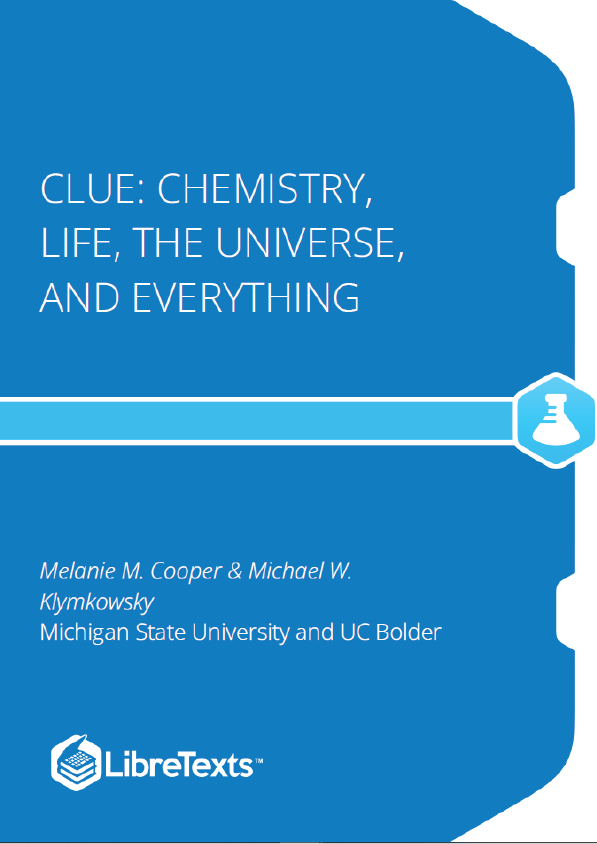You almost certainly have heard about atoms and it is very likely you have been taught about them. If asked you might profess to believe in their reality. You might accept that matter, in all its forms, is made up of atoms — particles that are the smallest entities that retain the identity of an element (we will discuss elements in much greater detail in the next few chapters.) It is very likely that you have been taught that atoms are made up of even smaller particles: positively charged protons, uncharged neutrons, and negatively charged electrons. You may even have heard, and perhaps even believe, that protons and neutrons can be further subdivided into quarks and gluons, while electrons are indivisible. Equally difficult to appreciate is that all atoms are organized in a very similar way, with a very tiny, but relatively heavy, positively charged nucleus surrounded by the much lighter, negatively charged electrons.
Part of the difficulty in really understanding atoms is the fact that the forces holding the atomic nucleus together, the so-called strong and weak forces, operate at such infinitesimal distances that we do not experience them directly. This is in contrast to electromagnetism and gravity, which we experience directly because they act over longer, macroscopic or visible distances. A second problem is associated with the fact that to experience the world we need to use energy; at the atomic scale the energy used to observe the system also perturbs it. This is the basis of the Heisenberg uncertainty principle, which you may have encountered or at least heard of before, and to which we will return. Finally, objects at the atomic and subatomic scales behave differently from the macroscopic objects with which we typically interact. A particle of light, a photon, an electron, a proton, or a neutron each behaves as both a particle and a wave. In terms of physics, these are neither particles nor waves; they are quantum mechanical particles. Luckily, the weirder behaviors of atomic and subatomic entities can often, but not always, be ignored in chemical and biological systems. We will touch on these topics as necessary.
Current theory holds that each atom contains a very, very small, but very dense nucleus, which contains protons and neutrons and is surrounded by electrons. These electrons are very light, relatively, but the space occupied by moving electrons accounts for the vast majority of the volume of an atom. Because the number of positively charged protons and negatively charged electrons are equal and the size of the charges are the same but opposite, atoms are electrically neutral when taken as a whole; that is, each positively charged proton is counterbalanced by a negatively-charged electron.
Often the definition of an atom contains some language about how atoms are the smallest particle identifiable as that element. What do we mean by that? For example, can an atom have chemical properties? And how can ensembles of the same particles, that is protons, electrons, and neutrons, have different properties? This is the mystery of the atom and understanding it is the foundation of chemistry. In this first chapter, we hope to lead you to a basic understanding of atomic structure and inter-atomic interactions. Subsequent chapters will extend and deepen this understanding.











